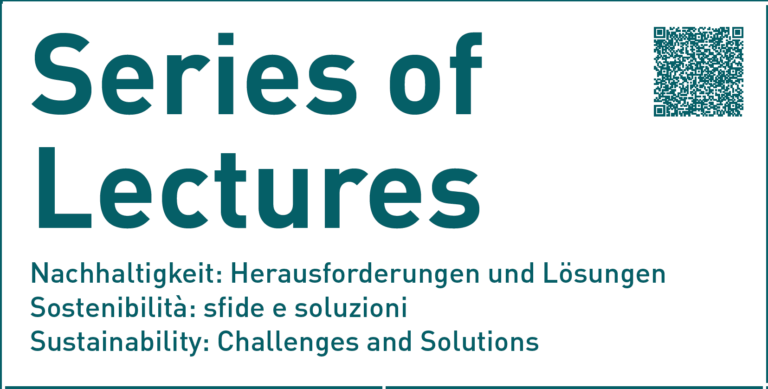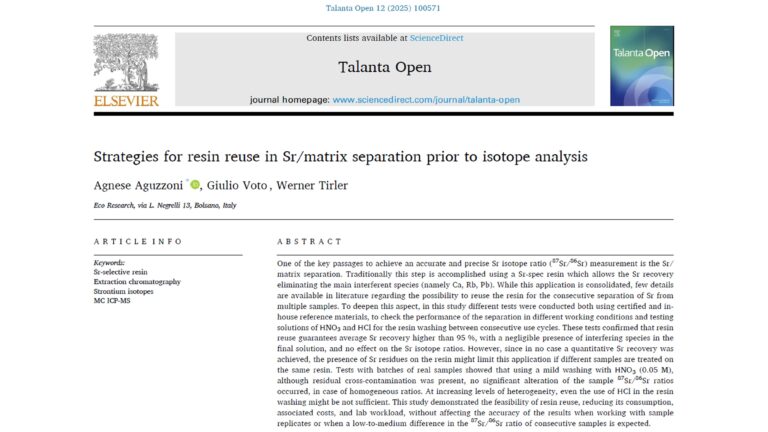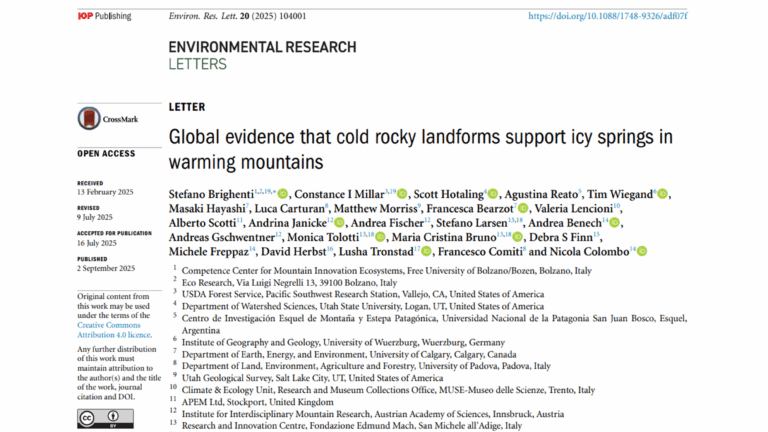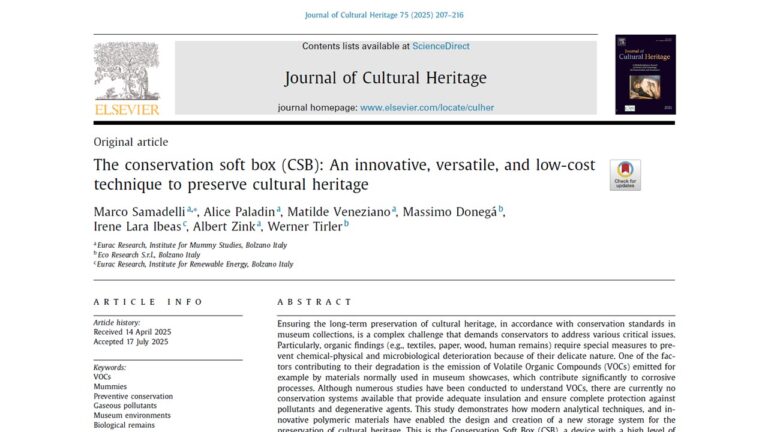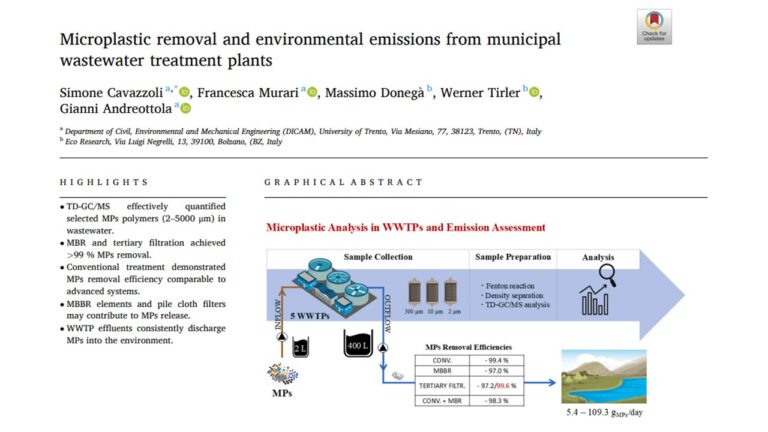ECO RESEARCH
NEWS
The 2025 edition of the festival “Le Mille e una Scienza” has once again concluded with great success, recording a significant increase in attendance compared to the previous year. This year’s programme was enriched with new events, such as the “Road...
The course “Sustainability: Challenges and Solutions” promoted by the STARS Alliance within the Studium Generale programme of UNIBZ is starting...
Sample preparation in the laboratory is a crucial step preceding instrumental analysis and can significantly influence the quality of the final results. In research, analytical methods are continuously refined to ensure the highest data quality, but...
Due to climate change, cold aquatic environments in high mountains, such as glacier springs, are rapidly shrinking. However, certain landforms called cold rocky landforms (CRLs), can help protect these environments and their biodiversity...
Archaeological finds are important traces of the past that, beyond their ancient allure, represent an invaluable cultural heritage rich in essential information for researchers. However, they can be irreparably damaged over time, even in places where...
Microplastics are an emerging pollutant whose spread in the environment poses a serious risk to human health and ecosystems. Despite the increasing number of studies on this topic, updates to current regulations and the implementation of effective...
The POPs Day 2025, organized by InterCinD, took place on June 5, 2025, in Bari as the annual appointment dedicated to participating laboratories and all stakeholders interested in the issues related to environmental micropollutants...
SiD – Science in Depth is the project selected and supported by the Fondo per la Repubblica Digitale Impresa sociale which, together with a dense network of partners wishes to open new perspectives on learning, teaching, and the use of STEAM...
The growing interest in local and high-quality products makes it increasingly necessary to have scientific tools capable of verifying their authenticity and protecting both consumers and producers from fraud. As demonstrated by previous studies, the...
The 2025 edition of the festival “Le Mille e una Scienza” has once again concluded with great success, recording a significant increase in attendance compared to the previous year. This year’s programme was enriched with new events, such as the “Road...
The course “Sustainability: Challenges and Solutions” promoted by the STARS Alliance within the Studium Generale programme of UNIBZ is starting...
Sample preparation in the laboratory is a crucial step preceding instrumental analysis and can significantly influence the quality of the final results. In research, analytical methods are continuously refined to ensure the highest data quality, but...
Due to climate change, cold aquatic environments in high mountains, such as glacier springs, are rapidly shrinking. However, certain landforms called cold rocky landforms (CRLs), can help protect these environments and their biodiversity...
Archaeological finds are important traces of the past that, beyond their ancient allure, represent an invaluable cultural heritage rich in essential information for researchers. However, they can be irreparably damaged over time, even in places where...
Microplastics are an emerging pollutant whose spread in the environment poses a serious risk to human health and ecosystems. Despite the increasing number of studies on this topic, updates to current regulations and the implementation of effective...
The POPs Day 2025, organized by InterCinD, took place on June 5, 2025, in Bari as the annual appointment dedicated to participating laboratories and all stakeholders interested in the issues related to environmental micropollutants...
SiD – Science in Depth is the project selected and supported by the Fondo per la Repubblica Digitale Impresa sociale which, together with a dense network of partners wishes to open new perspectives on learning, teaching, and the use of STEAM...
The growing interest in local and high-quality products makes it increasingly necessary to have scientific tools capable of verifying their authenticity and protecting both consumers and producers from fraud. As demonstrated by previous studies, the...


